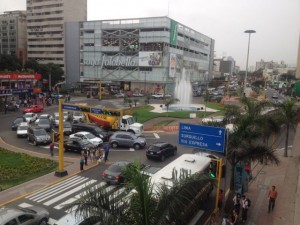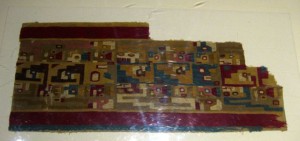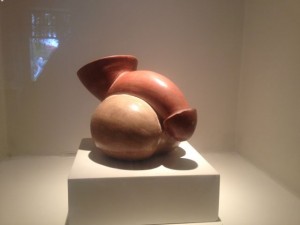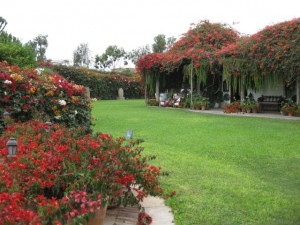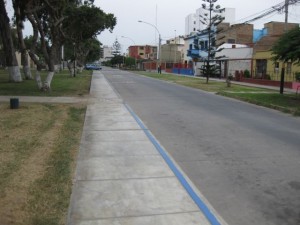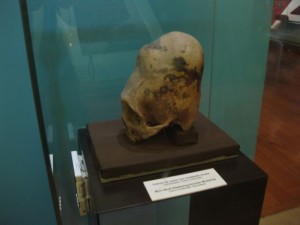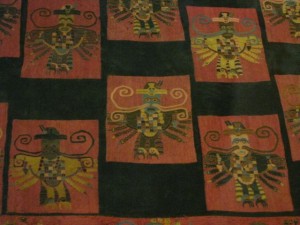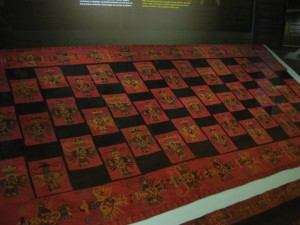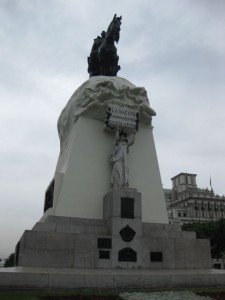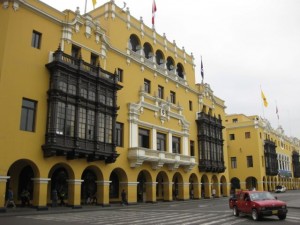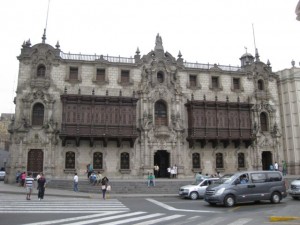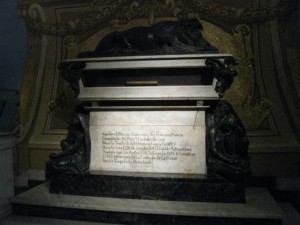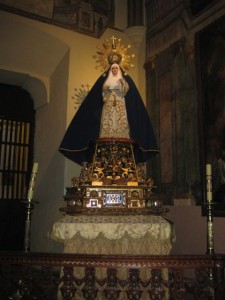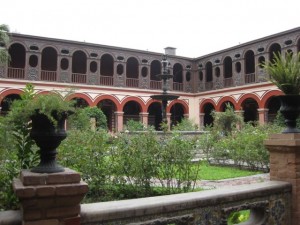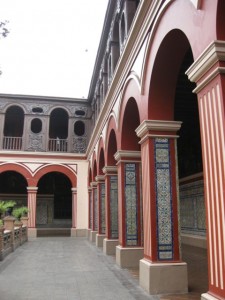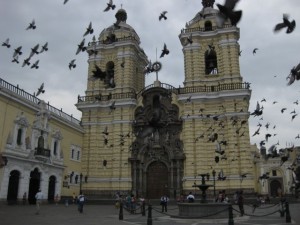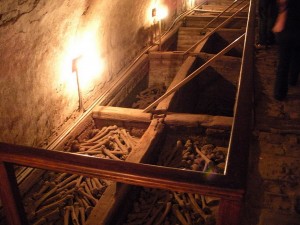When researching my trip to Peru I found that not many people were fans of Lima. In reading my guidebook I figured there were only a few things I wanted to see so I planned only 2 days. I’m glad that is all I planned as I too am not a fan. Lima is home to 8.5 million people spread over 800 square kilometers. In effect it is a massive, chaotic, hot, humid place. So far I’ve found it to be not nearly as nice and friendly as Ecuador. I’m hopeful though that Peru will improve once I get out of Lima tomorrow morning.
Yesterday was my first full day. After having breakfast at the hostel and witnessing the chaos in the street below I was really tempted to hide out in the hostel. I get this when I first arrive in new big cities where I find the chaos and unfamiliarity of it overwhelming. As a result I hid in my hostel for two days in Marrakesh and for a day in Quito. I figure that since I only hid for half a day here I’m improving.
I spent the remainder of the day visiting two good museums. The first was the Museo Larco which is the collection amassed by a wealthy archeologist in the first half of the 20th Century. It was very well presented and comprehensively layed out. Each item was obviously carefully selected so you didn’t get overwhelmed. Lots and lots of pottery!
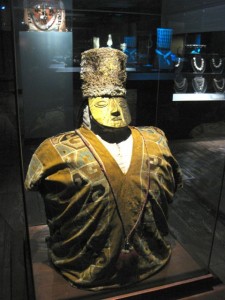
A burial bundle – the person was folded into the fetal position and wrapped in layers of cloth which also included funerary offerings. The bundle was finally dressed including a gold death mask.
A highlight of the museum was the erotic pottery collection. The vessels were originally used in various religious ceremonies mostly for those promoting fertility, worship of the ancestors, and various gods.
The museum had a lovely cafe secluded in the private garden which was a perfect spot for a very yummy lunch.
Outside the Museo Larco, painted on the sidewalk is a blue line. If you follow the line for about 15 minutes you end up at the Museum of Archeology, Anthropology, and History of Peru. Despite the grandiose name it presents much of the same information as the Museo Larco, just not as well. It was still interesting though.
I think I found the display about head binding and trepanning the most interesting.
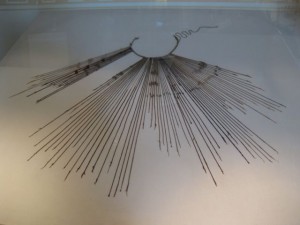
Inca record keeping – different knots on strings of different colours were used to capture information about the population and taxes since they had no written language
Following my day of ancient and pre-Colonial history, and total overdose of pottery, today I focussed on exploring the historical centre of Lima. Lima was founded by Pizzaro in 1532 so the historical centre is dominated by buildings from the colonial period (16th to 19th Centuries). Also, very typically the finest buildings remaining are churches and convents. My tour of the quarter was mostly based on the walking tour included in my Lonely Planet.
I started at Plaza San Martin which is dominated by a statue of the Peruvian liberator. Included on his horse statue is a sculpture representing Madre Patria. When the commission was sent to Spain the misunderstood the meaning of “llama”. The intent was to have flames coming out of her head, but instead she has a llama on it.
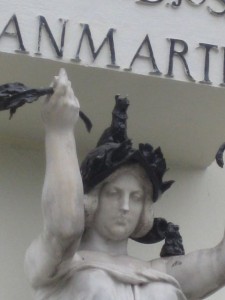
When the commission for the statue was given they misstaken “llama” for the animal instead of flames. So she ended up with a llama on her head!
After walking down the principal pedestrian shopping street (sadly nothing really worth buying except discounted shoes from Bata) I arrived at the main plaza, called Plaza de Armas which is dominated on one side by the Cathedral, another by the Presidential Palace and government buildings on the others.
My first church of the day was the Cathedral. As the principal church of Lima it is the most ornate though it is probably best known as the resting place of Francisco Pizzaro.
Next stop was the Church and Convent of San Domingo. It was rather nice as a tour is included in the admission price and mine was private as I was the only English speaker waiting! The outside was rather unremarkable as was the church. However the inside is lovely as it dates from the 1530s and has lots of tile work from Spain.
My last stop was the Church and Convent of San Francisco. This church is primarily known for the extensive catacombs carved into the rock under the big convent complex and church. When the convent and catacombs were turned into a museum in 1950s the monks took the bones out of their coffins and arranged them in logical orders in bins and in geometric forms. It was a bit spooky (pictures borrowed from the web as we weren’t allowed to take any).
As you can see I’ve pretty much overdosed on churches now. I think I’ve had my fill and will refrain from visiting anymore unless they are truly spectacular. I think they are up there with Roman amphitheaters and ruins for me now. I’ve had my fill for a very very long time.
Tomorrow I start my journey south. I’m going to the town of Ica for a couple of days. I’ll let you know how my adventure with the Peruvian bus system goes!

